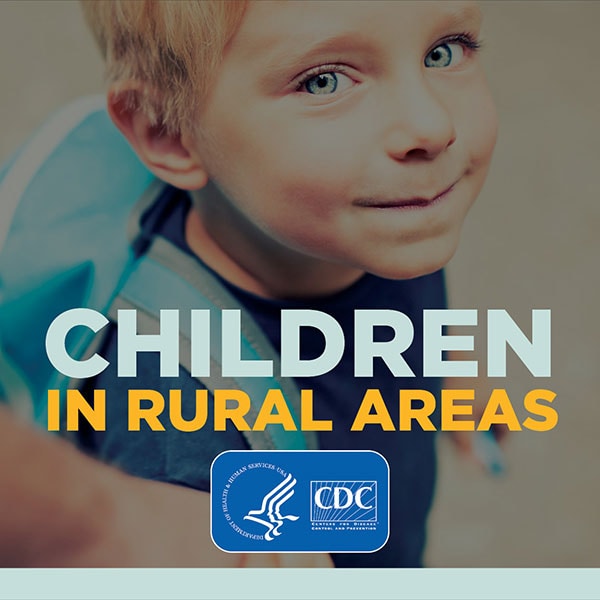Center for Disease Control
Project to Learn About Youth – Mental Health

The Project to Learn About Youth – Mental Health (PLAY-MH) analyzed information collected from four communities. The focus was to study attention deficit/hyperactivity disorder (ADHD) and other externalizing and internalizing disorders, as well as tic disorders in school-aged children. The purpose was to learn more about public health prevention and intervention strategies to support children’s health and development.

Read about the results of the Play-MH study
Study questions included:
- What percentage of children in the community had one or more externalizing, internalizing, or tic disorders?
- How frequently did these disorders appear together?
- What types of treatment were children receiving in their communities?
This project used the same methodology as the original Project to Learn about ADHD in Youth (PLAY) project. Read more about the original study approach here.
Other research
Read more about research on
CDC and partner agencies are working to understand the prevalence of mental disorders in children and how they impact their lives. Currently, it is not known exactly how many children have any mental disorder, or how often different disorders occur together because no national dataset is available that looks at all mental, emotional, or behavioral disorders together.
Research on prevalence
Data Governance for Children’s Mental Health
What is It and Why is It Important?
Using different data sources
Healthcare providers, public health researchers, educators, and policymakers can get information about the prevalence of children’s mental health disorders from various sources. Data sources, such as national surveys, community-based studies, and administrative claims data (like healthcare insurance claims), use different study methods and provide different types of information, each with advantages and disadvantages. The advantages and disadvantages of different data sources include the following:
- National surveys have large sample sizes that are needed to create estimates at the federal and state levels. However, they also generally use a parent’s report of the child’s diagnosis, which means that the healthcare provider has to give an accurate diagnosis and the parent has to remember what it was accurately.
- Community-based studies offer the opportunity to observe children’s symptoms, which means that even children who have not been diagnosed or do not have the right diagnosis could be found. However, these studies are typically done in small geographic areas, so findings are not necessarily the same in other communities.
- Administrative claims are typically very large datasets with information on diagnosis and treatment directly from the providers, which allows tracking changes over time. Because they are recorded for billing purposes, diagnoses or services that would not be reimbursed from the specific health insurance might not be recorded in the data.
Using different sources of data together provides more information because it is possible to describe the following:
- Children with a diagnosed condition compared to children who have the same symptoms, but are not diagnosed
- Differences between populations with or without health insurance
- How estimates for mental health disorders change over time
Read more about using different data sources.
Rural Communities: Children’s Mental, Behavioral, and Developmental Disorders

National data on children’s mental health
A comprehensive report from the Centers for Disease Control and Prevention (CDC), Mental Health Surveillance Among Children —United States, 2013–2019, described federal efforts on monitoring mental disorders and presented estimates of the number of children with specific mental disorders as well as for positive indicators of mental health. The report was developed in collaboration with the Substance Abuse and Mental Health Services Administration (SAMHSA), the National Institute of Mental Health (NIMH), and the Health Resources and Services Administration (HRSA). It represents an update to the first-ever cross-agency children’s mental health surveillance report in 2013.
Read a summary of the findings for the current report using data from 2012-2019
Read a summary of the findings for the first report using data from 2005-2011.
The goal is now to build on the strengths of federal agencies serving children with mental disorders to:
- Develop better ways to document how many children have these disorders,
- Better understanding of the impacts of mental disorders,
- Inform needs for treatment and intervention strategies, and
- Promote the mental health of children.
This report is an important step on the road to recognizing the impact of childhood mental disorders and developing a public health approach to address children’s mental health.
Reference
Holbrook JR, Bitsko RB, Danielson ML, Visser SN. Interpreting the Prevalence of Mental Disorders in Children: Tribulation and Triangulation. Health Promotion Practice. Published online November 15, 2016 https://www.ncbi.nlm.nih.gov/pubmed/27852820.
